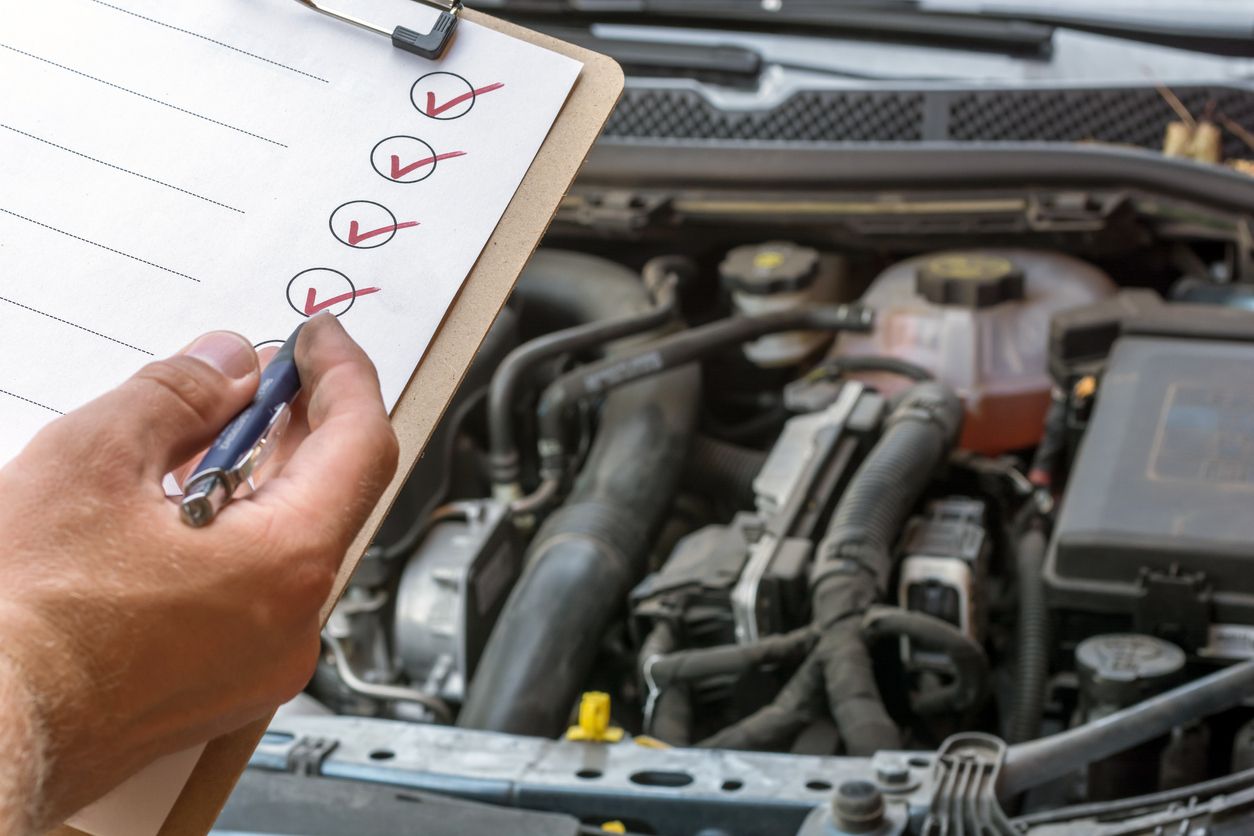All Categories
Featured

The check engine light (CEL) is just one of the most essential warning systems in your auto, yet it often causes confusion or worry for numerous chauffeurs. Understanding what this light stands for and how to manage it can conserve you time, cash, and unneeded anxiety. This overview supplies a summary of what sets off the CEL, its potential implications, and the steps you should take when it lights up.
What Does the Inspect Engine Light Indicate? The CEL becomes part of your vehicle's onboard diagnostics system (OBD), which keeps track of engine performance and emissions. When the system discovers an issue that requires your attention., it lights up.
Strong Light: Signals a non-urgent problem but one that should be dealt with soon, such as a sensor breakdown or emissions-related problem. Flashing Light: Suggests a critical problem like an engine misfire. Driving in this problem can cause serious damages, so instant activity is essential. Typical Sources Of the Inspect Engine Light. The CEL can light up for a vast array of factors, some minor and others more serious. Below are a few of one of the most frequent reasons:

Loosened or Damaged Gas Cap:
A loose gas cap can compromise the gas system, causing the CEL. When the light comes on, monitoring and tightening the cap is an easy initial step. Faulty Oxygen Sensing Unit:
This sensor checks the air-to-fuel ratio in your engine. A malfunction can lower gas performance and rise emissions. Malfunctioning Catalytic Converter:
The catalytic converter helps in reducing harmful exhaust emissions. Ignoring various other engine problems, like misfires, can cause catalytic converter damage. Ignition System or Ignition Coil Problems:
These elements are important for beginning and running your engine smoothly. Normal maintenance can avoid wear and failure. Mass Airflow Sensing Unit Troubles:
This sensing unit measures the quantity of air going into the engine to ensure optimal performance. A defective or filthy sensor can lower effectiveness and power. When the Inspect Engine Light Comes On, actions to Take. Examine the Gas Cap:
Tighten up the cap and see if the light switches off after driving a couple of miles. Observe the Lorry's Behavior:
Note any unusual signs like rough idling, minimized power, or unusual noises. Scan the Codes:
Make use of an OBD-II scanner to fetch trouble codes stored in your vehicle's computer. Lots of vehicle parts shops offer this service absolutely free. Visit an Auto Mechanic:

If the light remains on or is flashing, take your car to a specialist for an in-depth medical diagnosis. Preventing Inspect Engine Light Issues. Proactive upkeep is the ideal way to avoid CEL issues. Comply with these ideas:
Adhere To a Routine Maintenance Schedule: Change your oil, change filters, and check ignition system on schedule. Check the Gas Cap: Change damaged caps to avoid leaks in the fuel system. Usage High Quality Gas: Poor-quality gas can add to sensor and discharges concerns. Why Prompt Activity Issues. Ignoring the CEL can cause more severe troubles, such as engine damages or pricey fixings. A small concern like a loosened gas cap can grow out of control into a major expenditure if disregarded.
Verdict. The check engine light is an essential tool for keeping your lorry's health. By recognizing its purpose and reacting promptly, you can stay clear of unneeded repairs and keep your automobile running efficiently. The next time the CEL begins, keep in mind to remain calm, inspect the essentials, and consult a specialist if required.
Latest Posts
A Newbie's Overview to Comprehending Your Car's Inspect Engine Light
Published Dec 22, 24
0 min read
Just How Seasonal Weather Influences Your Car's Upkeep Requirements
Published Dec 22, 24
0 min read
Bath Fitter®
Published Dec 22, 24
2 min read